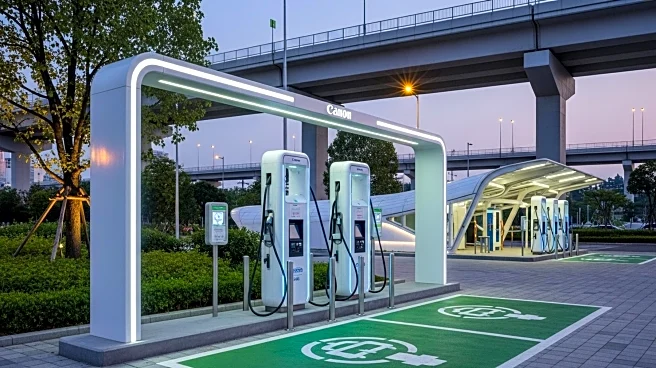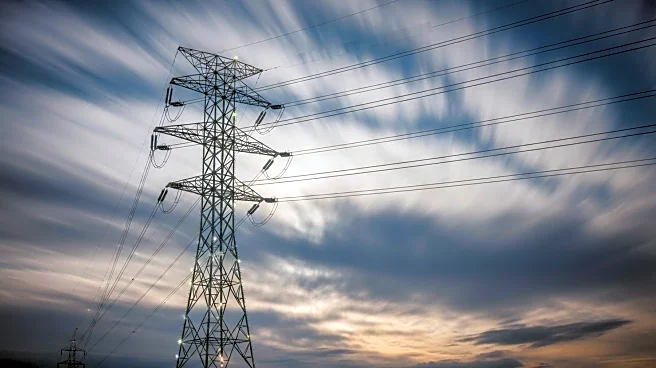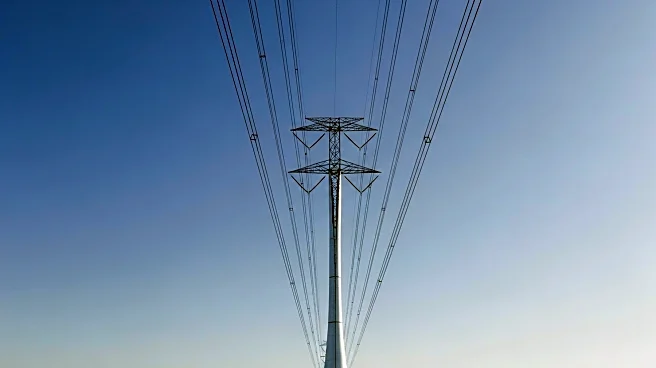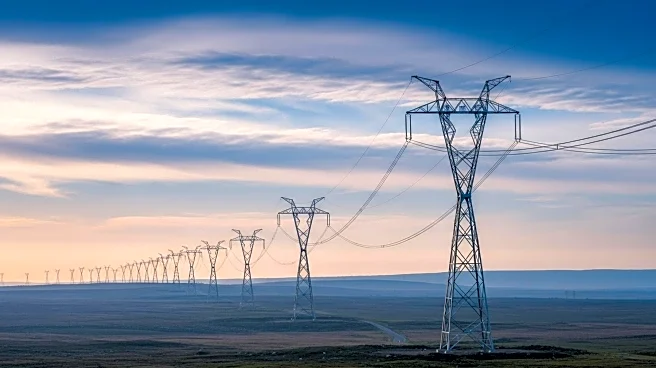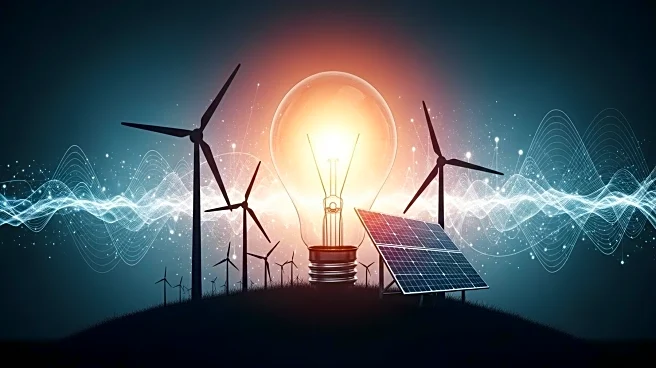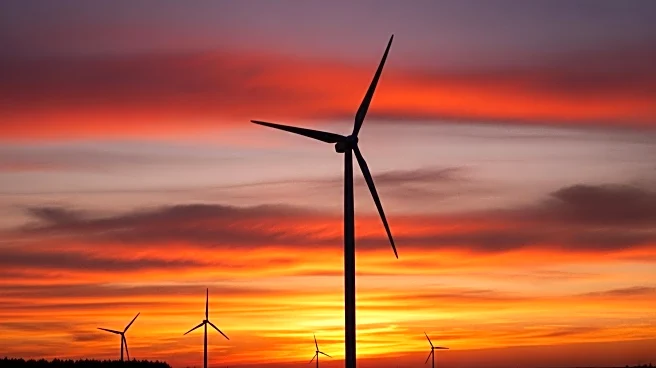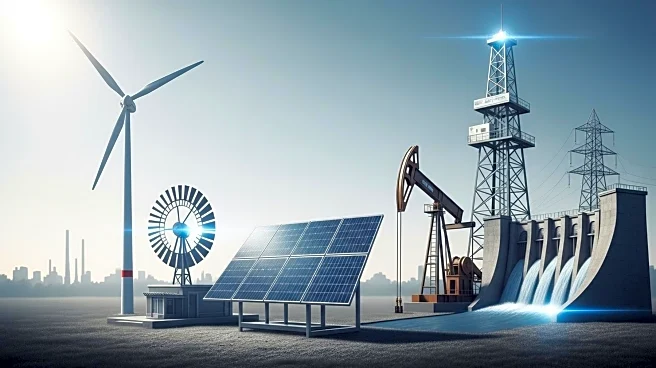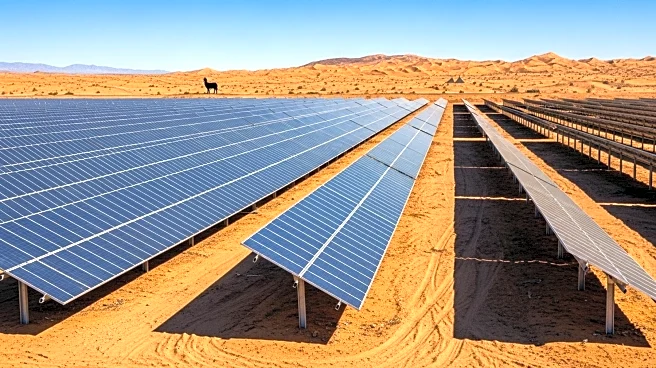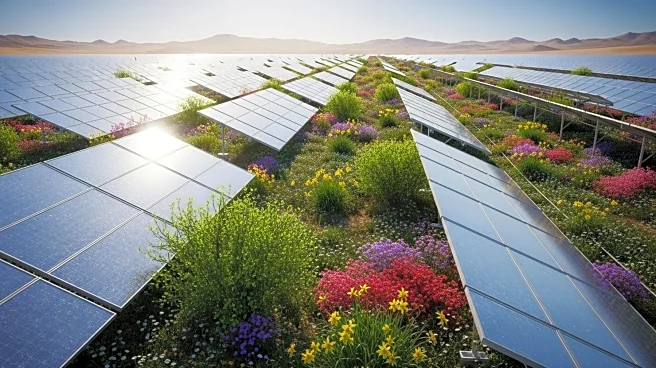What's Happening?
China has developed an extensive ultra-high-voltage transmission grid, connecting various energy resources across the nation. The State Grid Corporation has implemented direct current transmission lines at voltages up to 1,100 kV, facilitating the transfer of electricity over long distances with improved efficiency. Despite the engineering success, public perception issues arise due to sensationalist reports suggesting health risks from electromagnetic fields. These reports often exaggerate the effects of static electric fields, which are generally harmless and comparable to natural phenomena like static buildup before a thunderstorm.
Why It's Important?
The development of ultra-high-voltage transmission systems is crucial for China's energy transition, enabling the movement of clean power from inland regions to industrial centers. This infrastructure is vital for reducing reliance on coal and supporting renewable energy integration. However, misinformation and fear surrounding electromagnetic fields could hinder progress by influencing public opinion and policy decisions. Accurate communication is essential to maintain trust and support for these projects, which are pivotal in global efforts to decarbonize energy systems.
What's Next?
Continued efforts to educate the public and dispel myths about electromagnetic fields are necessary to ensure the success of transmission projects. Stakeholders, including media outlets and government agencies, must prioritize factual reporting and transparency to prevent misconceptions from affecting infrastructure development. As China expands its grid, similar projects in other countries may face challenges if public perception is not managed effectively.
Beyond the Headlines
The narrative around China's transmission grid highlights broader issues in environmental perception and the impact of sensationalism on public policy. The spread of misinformation can lead to resistance against necessary infrastructure, echoing past instances of unfounded health concerns related to wind turbines. Addressing these challenges requires a commitment to science-based communication and collaboration between engineers, policymakers, and the media.
